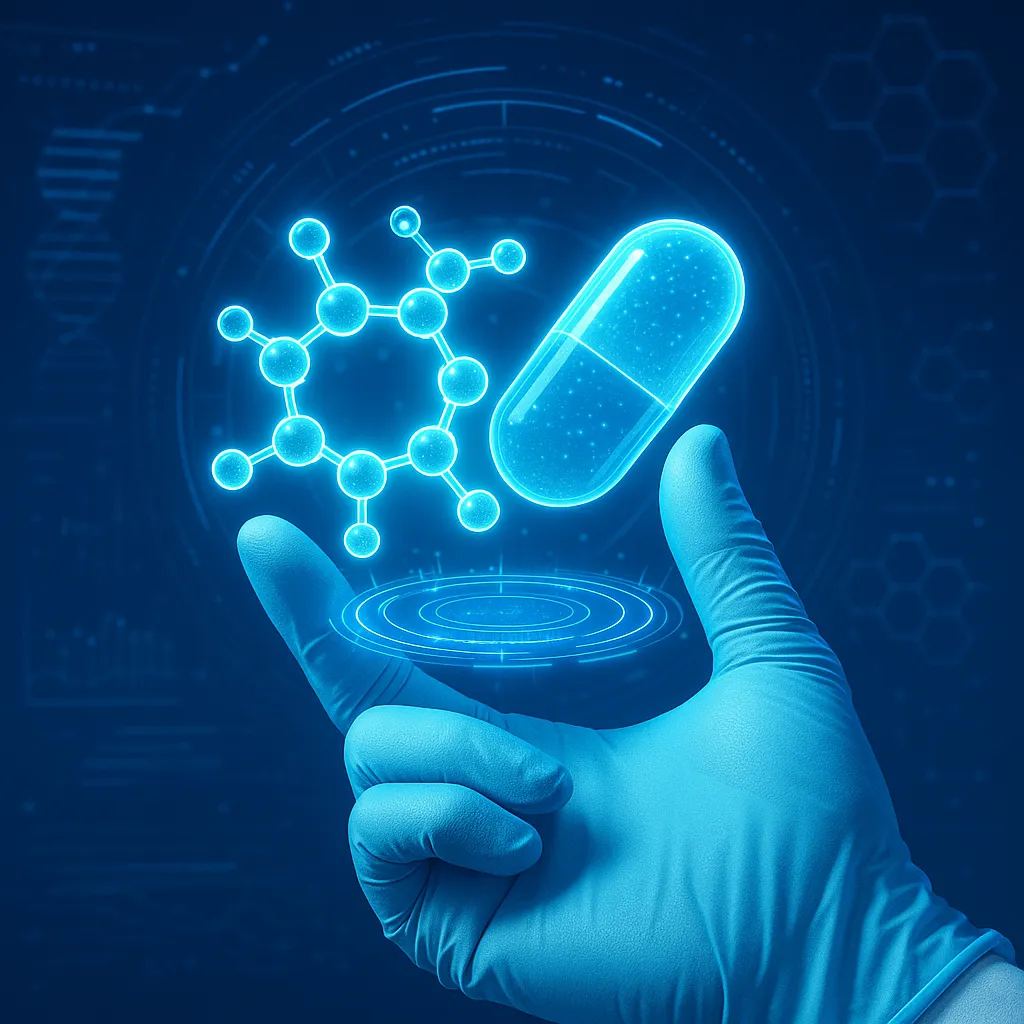AI Chatbot Transparency Law in California Signals What’s Coming Nationwide
Oct 15, 2025 | 3 min read

What just happened
On October 13, 2025, California Governor Gavin Newsom signed Senate Bill 243, marking the first U.S. law that forces “companion” AI chatbots to clearly disclose they are not human. (The Verge)
Key provisions include:
- An upfront and conspicuous notification at the start—and repeated every three hours during ongoing conversations—that the chatbot is artificially generated. (LegiScan)
- Protocols for handling suicidal or self-harm content: chatbots must detect user distress, refer users to crisis resources, and publish these protocols. (Governor of California)
- Annual reporting of how often suicidal ideation was detected or raised, to California’s Office of Suicide Prevention (which will publish anonymized data). (LegiScan)
- Third-party audits of compliance and civil liability for noncompliance (including damages or injunctions). (LegiScan)
- Restrictions: chatbots cannot represent themselves as health professionals, must prevent exposing minors to sexual content, and must discourage addictive engagement methods. (Governor of California)
This law becomes effective January 1, 2026. (TechCrunch)
Why it matters (beyond California)
- Precedent + “California effect”
Because California is such a large market, many AI companies are likely to apply its rules globally rather than maintain separate versions just for Californians. That means U.S. and even global standards may drift toward SB 243’s transparency and safety norms. - Policy noise = momentum
This move amplifies urgency around similar legislation in other states or at the federal level. With growing public and regulatory pressure on AI safety, lawmakers elsewhere will point to SB 243 as a tested model. - Healthcare is especially exposed
AI-based symptom checkers, therapy bots, or patient support chat tools will soon be viewed through the same lens. If a chatbot is interacting in any domain with health or well-being implications, transparency and trust become nonnegotiables. - Compliance burden is real
For AI platform and health tech companies, the new law demands:- UI changes (disclosure banners, reminders),
- Backend detection systems for user distress,
- Protocol design and public documentation,
- Audit readiness and liability planning,
- Ethical guardrails (e.g. avoiding mimicry of human clinician).
- Litigation risk rises
The law allows individuals to sue for violations. As regulators and plaintiffs test the boundaries, early missteps could carry financial and reputational costs.
What CI Life advises
- Start building disclosure frameworks now
Design UI/UX layers that clearly label “this is AI” from the get-go. Don’t wait until you’re compelled by law. - Layer in safety protocols early
Even if not mandated in your jurisdiction yet, begin building or adapting suicide/self-harm detection systems, escalation paths, and anonymized reporting. - Audit and legal readiness
Prepare for third-party and internal compliance audits. Build internal tracking for when and how disclosures, user escalations, or anomalies occur. - Monitor state & federal developments
SB 243 may become a template. Keep tabs on bills in key states and Congress, and adjust your roadmap accordingly. - Think globally with modular compliance
Build your AI “wrapper” to be modular: toggle disclosures, protocols, and reporting as required by jurisdiction.
As AI rules begin to shift from “guidelines” to “laws,” the organizations that stay ahead will earn both trust and time-to-market advantage.
CI Life helps life sciences and healthcare teams audit their AI systems, design compliant chatbot frameworks, and prepare for upcoming disclosure mandates across the U.S.
Concerned about AI compliance in your business? Speak with CI Life today to understand what new AI laws mean for your organization — and how to stay ahead of them.



 Gradial
Gradial  PEGA
PEGA 




